Photo

“Handy Mnemonics: The Five-Fingered Memory Machine” — @kensycoop explores the history of storing knowledge on the surface of fingers and palms: https://publicdomainreview.org/essay/handy-mnemonics
67 notes
·
View notes
Photo

Athanasius Kircher, Obelisci Hieroglyphici, 1650
417 notes
·
View notes
Photo




Four of the five completed images from the series Hyaku Monogatari [One Hundred Ghost Stories], by Katsushika Hokusai, who died #onthisday in 1849.
More here: https://publicdomainreview.org/collection/hokusai-s-ghost-stories-ca-1830 #OTD
246 notes
·
View notes
Photo
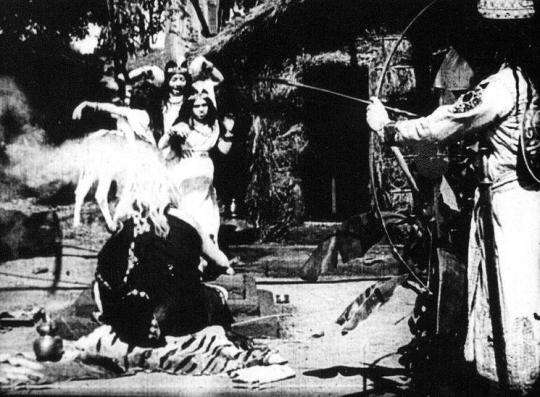
Onthisday in 1913, Bollywood was born, with the release of Indian cinema’s very 1st feature, Dadasaheb Phalke’s Raja Harishchandra. It only exists now in fragments (1475 feet of it), which you can see here, with both Hindi and English intertitles: https://publicdomainreview.org/collection/raja-harishchandra-1913 #otd
112 notes
·
View notes
Photo
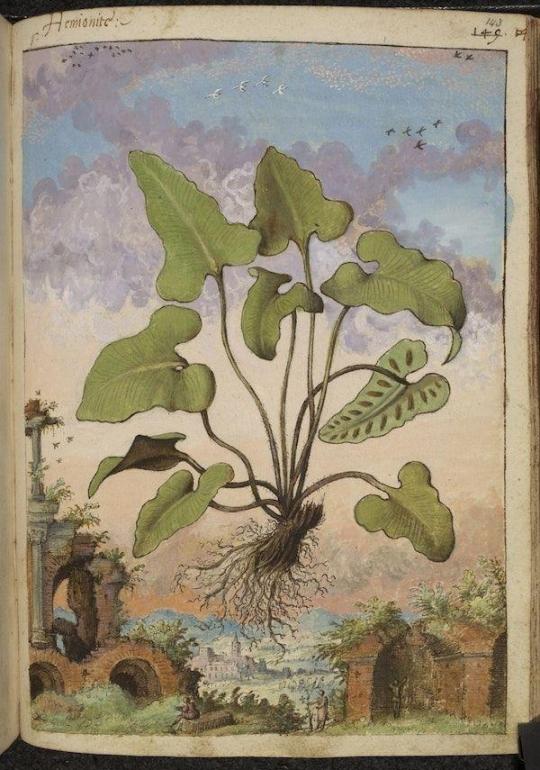
One of many wonderful full-page watercolour illustrations in a 16th-century edition of Pedanius Dioscorides’s work on herbal medicine, De Materia Medica (ca. 80 AD). More here: https://publicdomainreview.org/collection/watercolours-from-a-16th-century-de-materia-medica
221 notes
·
View notes
Text
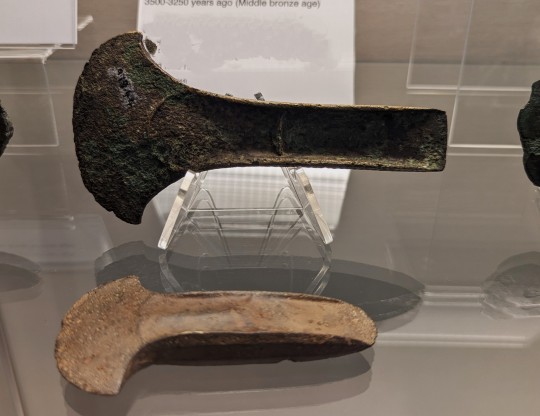
Flanged Axe from Inverness, Scotland dated between 3500 - 3250 BCE on display at the Inverness Museum and Art Gallery in Inverness, Scotland
Bronze, an alloy of copper an tine, was an expensive metal to produce and work with. Early flat axes were cast in open stone moulds. Flanged, and later socketed, axe used more complicated clay moulds but used less metal. Seamingly small advances like this made tools easier to produce and more accessible to people. This allowed for a growth in farming and production which led to larger communities.
Photographs taken by myself 2024
14 notes
·
View notes
Photo
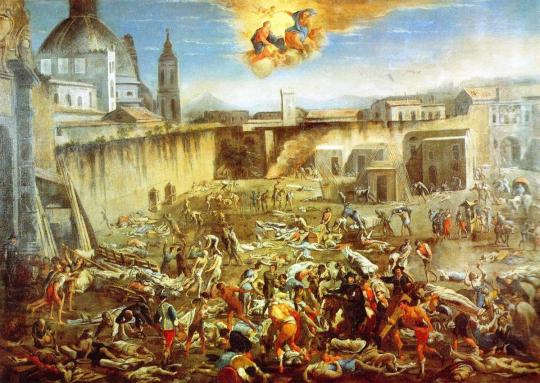
Born #onthisday in 1602, Athanasius Kircher. Read John Glassie’s essay on the great polymath’s pioneering and peculiar explorations into the bubonic plague — including discussions on “universal sperm”: https://publicdomainreview.org/essay/athanasius-kircher-study-of-the-plague #otd
29 notes
·
View notes
Photo




For #InternationalDanceDay — pages from a 1700 dance manual depicting a revolutionary dance notation system invented at the court of Louis XIV.
More pages from the manual here: https://publicdomainreview.org/collection/choregraphie-1701
629 notes
·
View notes
Photo
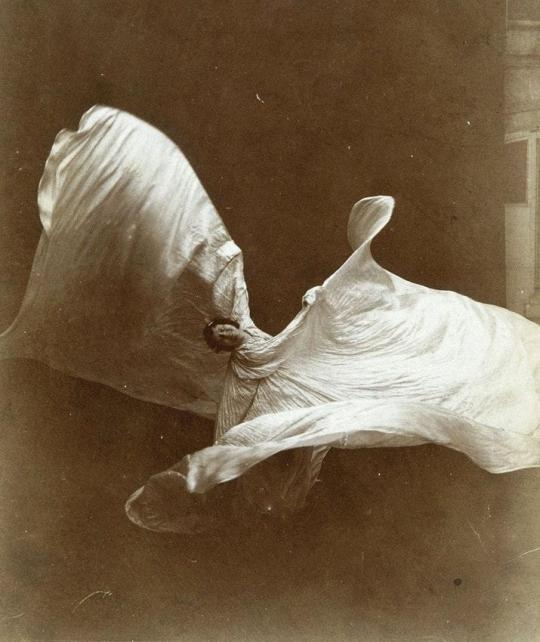
Reading for #InternationalDanceDay… @rkgar on the wonder that was Loie Fuller and her “serpentine dance”: https://publicdomainreview.org/essay/loie-fuller-and-the-serpentine #InternationalDanceDay2022
74 notes
·
View notes
Photo

Front cover to a collection of macabre stories by the enigmatic Count Eric Stenbock, published a year before his death #onthisday in 1895. More on this Decadent figure par excellence in our essay by David Tibet: https://publicdomainreview.org/essay/eric-count-stenbock-a-catch-of-a-ghost
87 notes
·
View notes
Photo
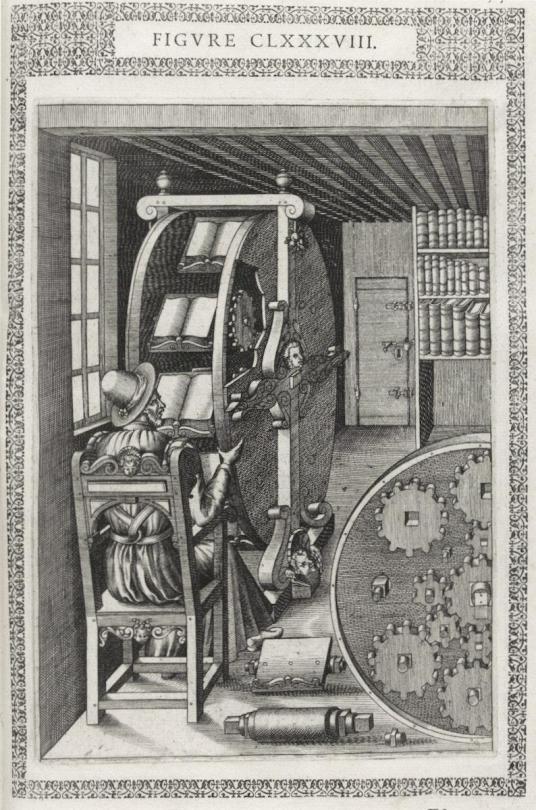
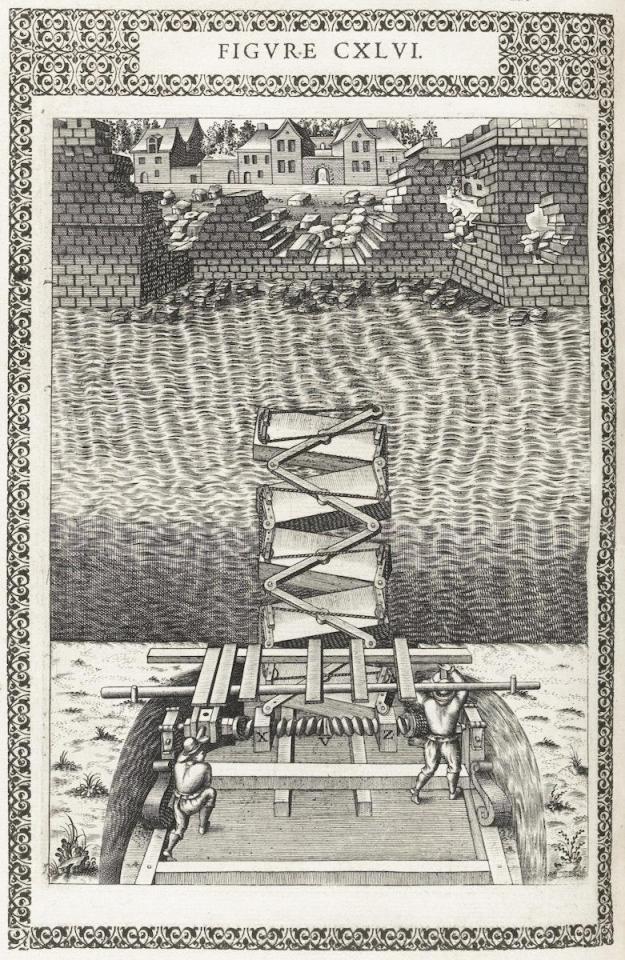

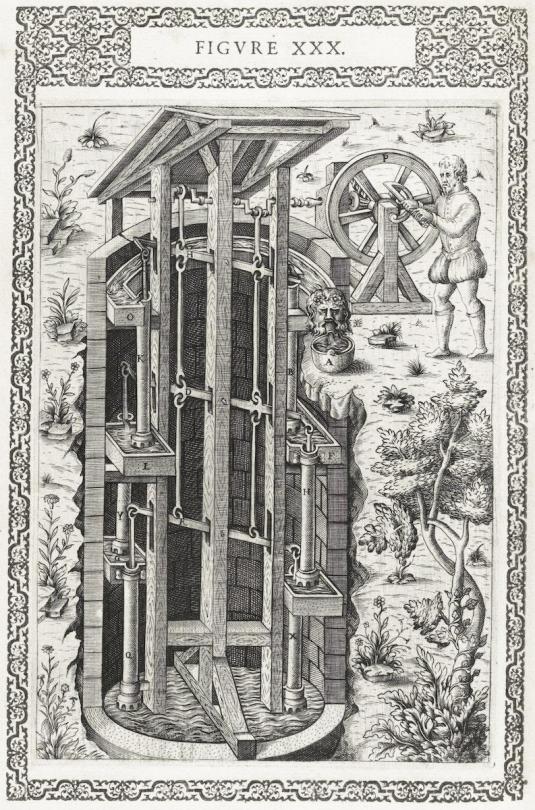
A few of the many inventions (including proto-e-reader) in Agostino Ramelli’s 1588 illustrated masterpiece Le diverse et artificiose machine (Diverse and artificial machines). More here: https://publicdomainreview.org/collection/agostino-ramelli-theatre-of-machines
110 notes
·
View notes
Text

1920s Lamp "Offrande" by Pierre Le Faguays. From New Art Deco, FB.
2K notes
·
View notes
Photo




Pages from Patrick Syme’s wonderful Werner’s Nomenclature of Colours (1814), one of the first attempts to standardise colour description. For each colour there’s examples given from the kingdoms of animal, vegetable and mineral. More here: https://publicdomainreview.org/collection/werner-s-nomenclature-of-colours-1814
433 notes
·
View notes
Photo

Mark Twain died #onthisday in 1910. The best known of his books is Huckleberry Finn, not so well known is Jap Herron which, according to a woman named Emily Grant Hutchings, he dictated from beyond the grave via a ouija board… https://publicdomainreview.org/collection/jap-herron-a-novel-written-from-the-ouija-board-1917 #OTD
48 notes
·
View notes
Photo
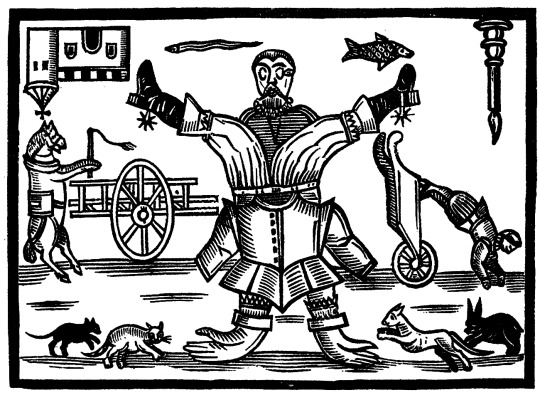
The World Turned Upside Down, 17th century
319 notes
·
View notes
Photo
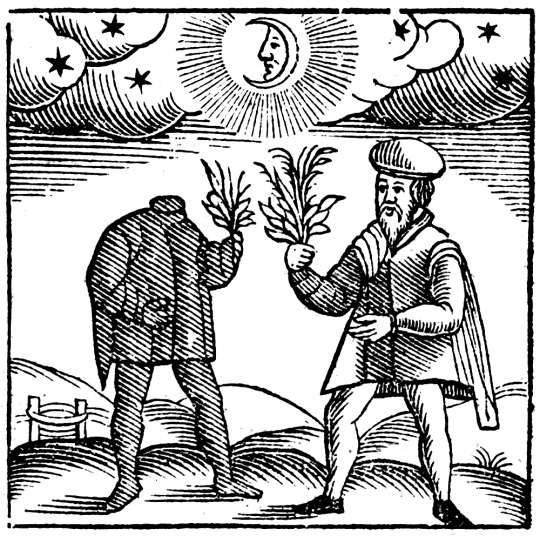
Uri Weibash, Headless man who needs to get his affairs in order, 1661
855 notes
·
View notes
Photo
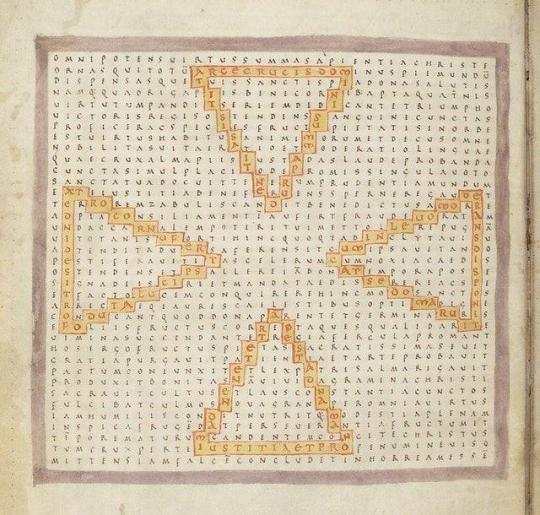



A few of the 28 spectacular “pattern poems” produced by the Frankish Benedictine monk Rabanus Maurus in his 9th-century work De laudibus sanctae crucis (In Praise of the Holy Cross). More examples, and an explanation of how they work, here: https://publicdomainreview.org/collection/medieval-pattern-poems-of-rabanus-maurus-9th-century
173 notes
·
View notes